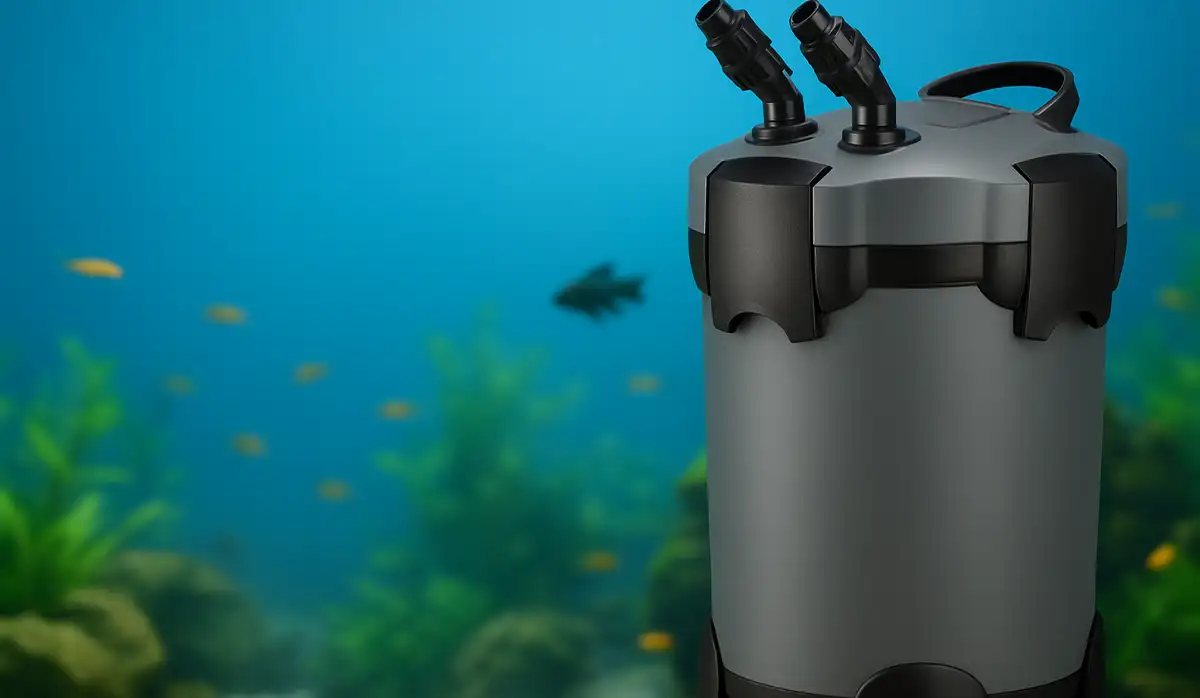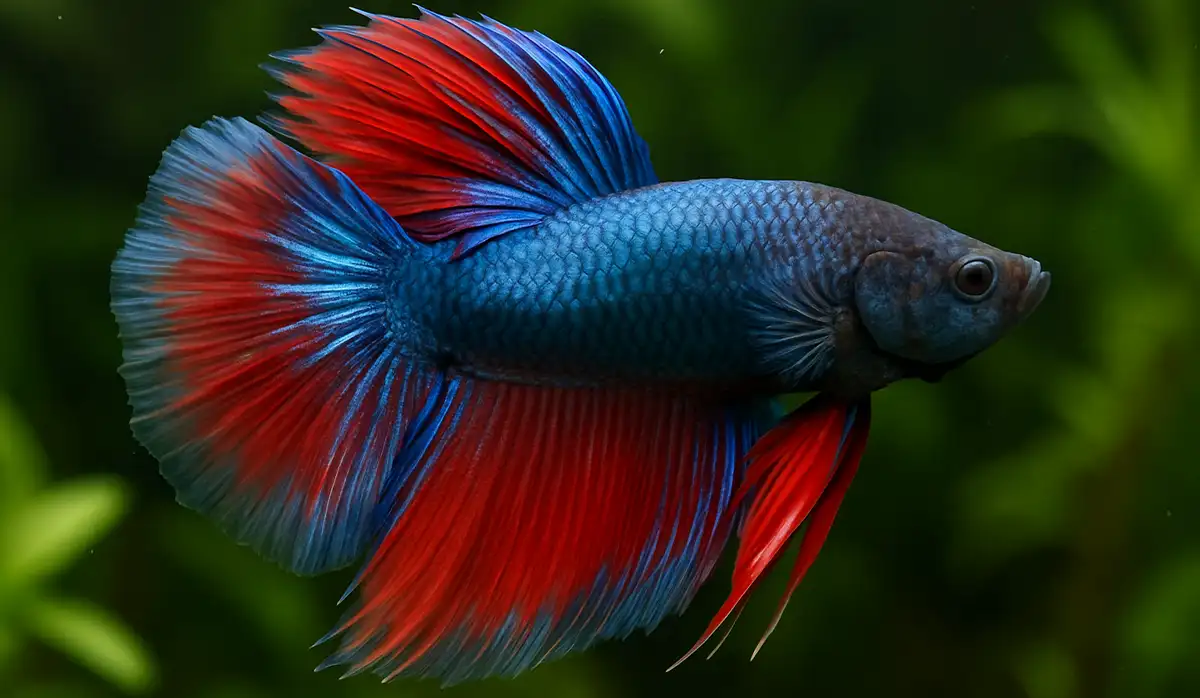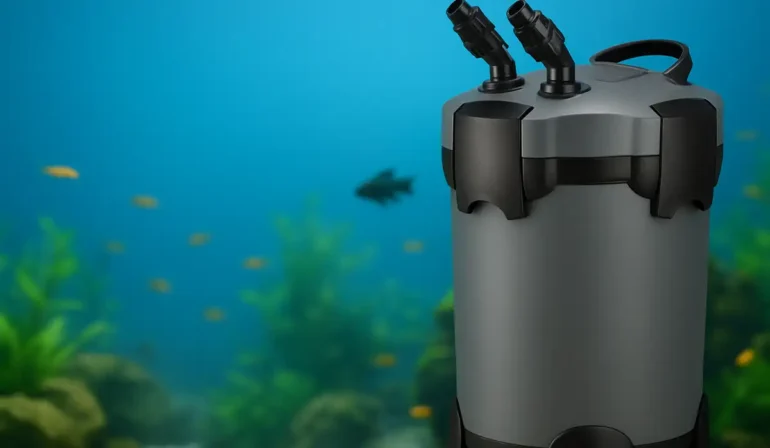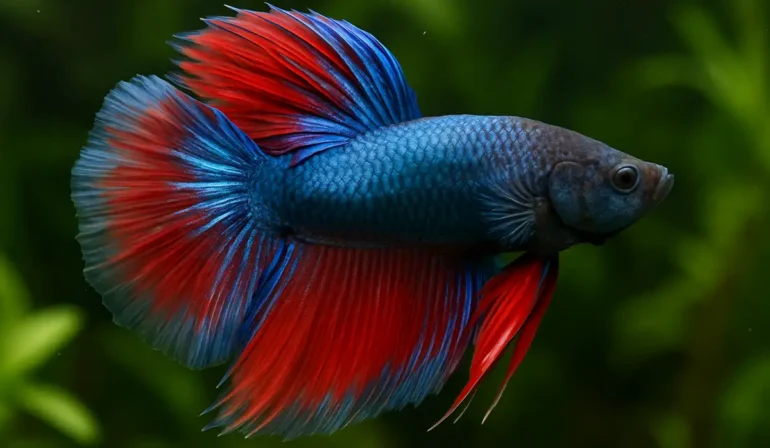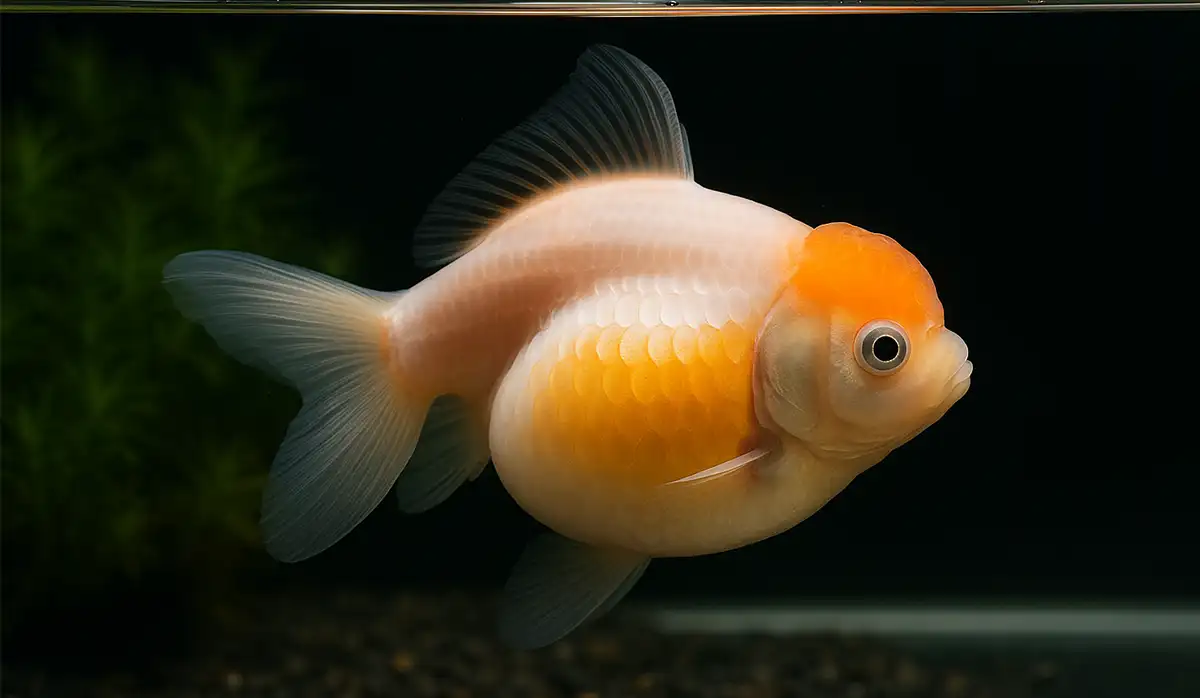
Table of Contents
One of the more confusing and alarming health issues for “swim bladder treatment” fishkeepers is swim bladder disease. But don’t worry — understanding the causes, symptoms, and treatments can help you nurse your finned friend “swim bladder treatment” back to health.
Learn more about exotic fish species at PetLuvz. You can also check out Aquarium Co-Op for expert fishkeeping advice.
What Is Swim Bladder Disease?
Understanding the Swim Bladder Organ
The swim bladder is a gas-filled internal organ that helps fish control their buoyancy. Think of it as their internal “flotation device.” When it’s working right, fish can effortlessly hover, rise, or sink in the water.
Functions of the Swim Bladder in Fish
The main job of the swim bladder is to maintain balance and positioning.
Causes of Swim Bladder Disease
Overfeeding and Constipation
This is the most common culprit. Feeding your fish too much — or giving them foods that are hard to digest — can lead to bloating and constipation, which in turn “swim bladder treatment” puts pressure on the swim bladder.
Bacterial or Parasitic Infections
Infections can inflame or damage the swim bladder, throwing off a fish’s balance. These cases often require medication.
Poor Water Quality
Dirty or unbalanced water stresses fish and weakens their immune systems, opening the door to diseases like swim bladder disorder.
Genetic Deformities
Some fish, especially fancy goldfish and bettas, are genetically “swim bladder treatment” predisposed to swim bladder problems due to their body shape.
Recognizing Symptoms of Swim Bladder Issues
Floating to the Top
Fish that are stuck at the surface and can’t swim downward may have trapped air or gas affecting their buoyancy.
Sinking to the Bottom
If your fish is lying on the tank floor and struggling to rise, the swim bladder might be under-functioning.
Sideways or Upside-Down Swimming
This is a classic sign.
Lethargy and Loss of Appetite
Fish with swim bladder disease often seem tired, disinterested, and may not eat properly.
Diagnosing Swim Bladder Disease
Observation Techniques
Watch your fish closely. Record when they float, how they swim, and how “swim bladder treatment” they behave after meals.
Ruling Out Other Conditions
Make sure the issue isn’t due to fin damage, injury, or water temperature fluctuations.
Effective Swim Bladder Treatment Options
Fasting the Fish
Stop feeding for 24–72 hours to allow digestion and reduce pressure.
Feeding Peas or Fibrous Foods
Boiled, skinned green peas act like a natural laxative. Give one small piece after the fasting period.
Water Quality Improvement
Test ammonia, nitrite, nitrate, and pH levels. Do partial water changes and “swim bladder treatment” clean filters. Healthy water = healthy fish.
Using Epsom Salt Baths
Epsom salt helps reduce swelling. Use a separate container, add 1 teaspoon per gallon, and let the fish soak for 15–30 minutes.
Antibiotic and Medication Use
If the cause is bacterial, use a broad-spectrum antibiotic safe “swim bladder treatment” for aquarium fish. Always follow dosage guidelines.
Natural Remedies and Supportive Care
Temperature Adjustments
Raising the tank temperature slightly (to 78–80°F) can aid digestion and reduce stress.
Low-Current Tank Conditions
Strong currents make it harder for sick fish to stay “swim bladder treatment” balanced.
Isolation Tanks
Preventing Swim Bladder Disease
Proper Feeding Practices
Feed small amounts, once or twice daily.
Routine Water Testing and Maintenance
A clean tank is the first line of defense.
Choosing Healthy Fish
Buy from reputable breeders and observe fish behavior in the store. Avoid fish that look sluggish or float oddly.
Species Most Affected by Swim Bladder Problems
Fancy Goldfish
Their round bodies make them more likely to develop swim “swim bladder treatment” bladder issues. They need a special diet and tank setup.
Betta Fish
Though hardy, bettas often suffer from constipation and bloating, leading to buoyancy problems.
Mollies and Platies
These livebearers are also susceptible due to digestive sensitivities. Offer varied diets and clean water.
When to Consult a Veterinarian
If home treatments don’t work within 5–7 days, or if your fish is worsening, it’s time to call in a fish vet or exotic pet specialist.
Can Swim Bladder Disease Be Fatal?
In some chronic or untreated cases, yes. But with early intervention and proper care, most fish recover fully.
Myths About Swim Bladder Disease
- “It’s always fatal.” — False. Many fish bounce back within days.
- “All floating fish have swim bladder disease.” — Not necessarily. Check for other issues first.
Long-Term Care for Chronic Cases
Some fish develop permanent damage, but you can still give them a good quality of life by adjusting tank conditions and feeding methods.
Final Thoughts on Fish Health
Swim bladder disease might look scary, but it’s treatable and often preventable. By being proactive with tank care, feeding, and observation, you can ensure your aquatic pals stay happy and healthy. Treat your fish like family — they deserve it!
FAQs
1. Can I treat swim bladder disease without medication?
Yes! Most mild cases respond well to fasting, peas, and better water quality.
2. How often can I feed peas to my fish?
Once a week is enough for maintenance. Use boiled, skinned peas and feed a small amount.
3. Do all floating fish have swim bladder issues?
No. Floating can be caused by gas buildup, gulping air, or water conditions.
4. Should I quarantine a fish with swim bladder disease?
Yes, if you suspect an infection. Isolation reduces stress and protects other fish.
5. Can swim bladder disease spread to other fish?
If it’s caused by bacteria or parasites, yes. Otherwise, it’s not contagious.
YOU MAY ALSO LIKE
Top Pick
-

African Grey Parrot: A Smart, Loving, and Talkative Companion
July 22, 2025
-

5 Best Canister Filters for Crystal Clear Water in Your Pet Fish Tank
July 8, 2025
-

Is Pumpkin Good for Cats? Everything You Need to Know
July 5, 2025
-

7 Fascinating Betta Fish Facts Every Owner Should Know
July 2, 2025
-

Dexamethasone for Dogs: Benefits, Dosage & Side Effects
June 28, 2025

